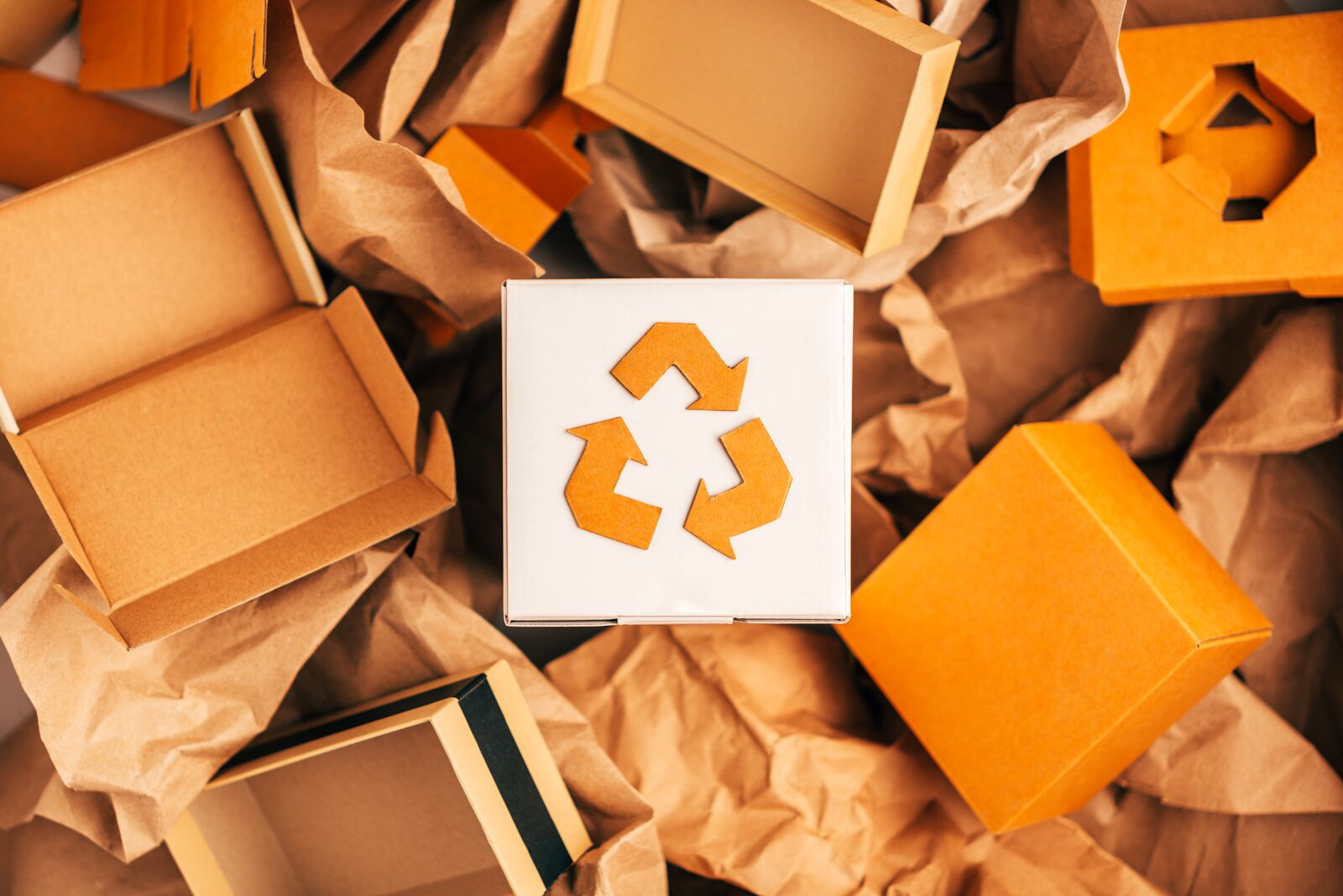Sustainable Packaging Solutions: Innovations for a Greener Future

In today’s environmentally conscious world, the demand for sustainable packaging solutions is on the rise as businesses and consumers alike seek eco-friendly alternatives to traditional packaging materials. Sustainable packaging not only reduces environmental impact but also reflects a commitment to sustainability and corporate social responsibility. As advocates for eco-friendly practices, we explore the realm of sustainable packaging solutions and the innovative approaches shaping a greener future for packaging industries.
The Importance of
Sustainable Packaging
Sustainable packaging is designed to minimize environmental impact throughout the packaging lifecycle, from production and distribution to disposal and recycling. By using renewable, recyclable, or biodegradable materials, sustainable packaging aims to reduce waste, conserve resources, and lower carbon emissions associated with traditional packaging practices. Embracing sustainable packaging is crucial for businesses looking to align with consumer preferences, meet regulatory requirements, and contribute to a healthier planet.
Eco-Friendly Materials
and Design Innovations
The shift towards sustainable packaging solutions has led to the emergence of eco-friendly materials and design innovations that prioritize environmental stewardship and circular economy principles. From biodegradable plastics and compostable materials to recycled paper and plant-based alternatives, sustainable packaging options offer a diverse range of choices for businesses seeking to reduce their environmental footprint. Innovations in packaging design, such as lightweighting, minimalism, and reusable packaging formats, further enhance sustainability efforts and promote waste reduction.
Lifecycle Assessments –
Carbon Footprint Reduction
Lifecycle assessments play a crucial role in evaluating the environmental impact of packaging materials and processes, helping businesses make informed decisions to reduce their carbon footprint. By analyzing the entire lifecycle of a packaging product, including raw material sourcing, manufacturing, transportation, use, and disposal, businesses can identify opportunities to optimize resource efficiency, minimize waste generation, and decrease greenhouse gas emissions. Carbon footprint reduction strategies enable businesses to quantify their environmental impact, set sustainability goals, and track progress towards achieving a greener packaging ecosystem.
Circular Economy Principles
and Closed-Loop Systems
The adoption of circular economy principles in packaging design promotes a regenerative approach to resource utilization, where materials are kept in use for as long as possible through closed-loop systems. By designing packaging for reuse, recycling, or composting, businesses can create a circular flow of materials that reduces waste, conserves resources, and minimizes environmental harm. Closed-loop systems enable the recovery and repurposing of packaging materials, fostering a sustainable ecosystem that supports a circular economy model and reduces reliance on finite resources.
Collaboration and Partnership
for Sustainability
Collaboration among stakeholders in the packaging industry, including manufacturers, suppliers, retailers, and consumers, is essential for driving sustainability initiatives and fostering innovation in sustainable packaging solutions. Industry partnerships facilitate knowledge sharing, technology adoption, and best practices in sustainable packaging design and production. By working together towards common sustainability goals, businesses can leverage collective expertise, resources, and influence to accelerate the transition towards a more sustainable packaging landscape.
Conclusion
Sustainable packaging solutions are at the forefront of efforts to reduce environmental impact, promote resource conservation, and drive innovation in the packaging industry. By embracing eco-friendly materials, design innovations, lifecycle assessments, circular economy principles, and collaborative partnerships, businesses can create a greener future for packaging that aligns with sustainability goals and consumer expectations. As advocates for sustainable practices, we are committed to fostering a culture of environmental stewardship, driving sustainable packaging innovations, and shaping a more eco-conscious future for the packaging industry.
